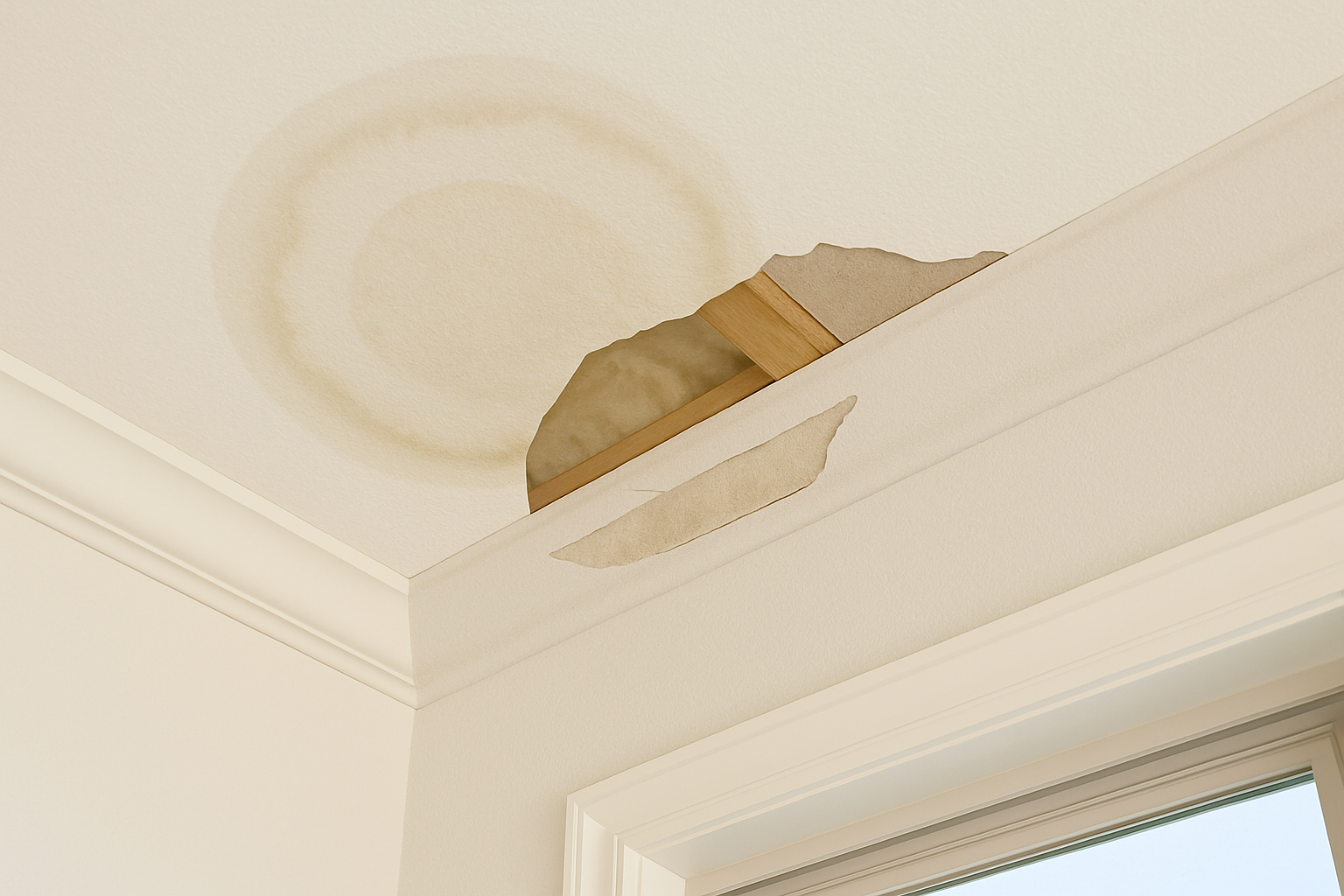
Sydney’s winter weather isn’t known for being brutal, but it does bring one serious challenge: persistent rain. For many homeowners, this is the time when roof issues that went unnoticed all year suddenly make themselves known, often in the form of stains on the ceiling or a faint dripping sound in the night. These symptoms tend to crop up just as the colder season settles in, creating more stress than solutions.
It’s in these moments that you realise the importance of addressing leaking roof repairs before winter conditions worsen them. Whether the source is cracked tiles, loose flashing, or clogged gutters, water finds its way in — and it never waits for convenient timing. Spotting problems early and understanding their seasonal causes can go a long way toward protecting your home’s interior during these wetter, colder months.
Why winter is the perfect storm for roof issues
Sydney’s winter might be relatively mild, but it’s consistently wet and unpredictable. That combination creates conditions where small weaknesses in a roof system quickly become major problems. Leaks don’t usually start in winter — they just become obvious then.
Some of the reasons roofs become more vulnerable in this season include:
Prolonged rain soaking into existing cracks or weaknesses
Wind-driven moisture that enters roof cavities from the sides
Contraction and expansion of materials due to changing temperatures
Blocked gutters are causing water overflow under the roofline
These conditions build up slowly, but when combined with weeks of damp weather, they lead to visible signs inside your home, like bubbling paint, sagging ceilings, and hidden mould.
What causes winter roof leaks?
Winter doesn’t create leaks, but it absolutely reveals them. Most seasonal leaks stem from issues that have gone undetected through summer and autumn. By the time colder months roll in, the roof is no longer able to handle sustained exposure to wet conditions.
Typical leak sources include:
Cracked or broken roof tiles
Rusted or loose flashing around chimneys and vents
Clogged valleys or gutters that allow pooling
Worn sealant around skylights or solar panel fixtures
A small issue in any of these areas can lead to water tracking inside your ceiling cavity, where it’s out of sight — and out of reach — until damage appears indoors.
The importance of compliant roof repair work
Not all roof fixes are equal. There’s a difference between a patch job and a legally compliant repair. In NSW, anyone working on plumbing or roof drainage systems must meet strict plumbing licence requirements. These standards ensure the person working on your roof is properly qualified to assess risks, apply long-term solutions, and comply with safety regulations.
This matters especially when roof work involves water redirection, flashings, or stormwater systems. It's not just about whether a leak gets stopped — it's about whether that fix will hold up in the next weather event.
Look for these traits in a licensed professional:
Familiarity with local safety codes and inspection criteria
Ability to diagnose structural risks, not just cosmetic ones
Use of compliant materials and waterproofing techniques
Clear explanations of what caused the problem and how to prevent it
A qualified roof plumber offers more than a band-aid; they provide peace of mind.
Spotting early warning signs before damage spreads
Leaks aren’t always obvious. Sometimes, signs of water intrusion show up well before any dripping starts. Learning to read those subtle cues can save a lot of trouble down the line.
Here are a few early indicators to watch out for:
Musty smells in upper rooms or near ceiling corners
Fine hairline cracks in plaster that seem to shift with the weather
Paint blistering or discoloration near the ceiling vents
Creaking roof trusses after heavy rain
If you catch these signs early, you can avoid bigger internal damage. The worst cases are the ones that go unnoticed until the ceiling itself shows sag or collapse.
Winter maintenance tips that go beyond the roof
Once your roof is under control, it makes sense to think about how the rest of your home handles winter conditions. A few preventative steps can make all the difference in how comfortable and protected your space feels as the colder months roll in.
Some useful winter readiness checks include:
Sealing gaps around windows and doors to prevent cold air leaks
Clearing garden drains and grates to stop surface water from pooling
Insulating exposed pipes in case of cold snaps
Testing your smoke alarms and checking batteries
It’s also worth looking into how to prepare your home for winter, especially if you live in an older property or haven’t reviewed your seasonal checklist in a while. Even simple changes can prevent larger issues from catching you off guard.
When hidden leaks leave behind bigger damage
One of the hardest parts about roof leaks is that the visible signs are usually just the beginning. A tiny entry point can quietly soak insulation, timber battens, and plasterboard for weeks before anything appears inside the house.
Understanding the signs of water damage in ceilings becomes key in spotting how far the moisture has travelled:
These insights help ensure you’re not just fixing the leak — you’re also addressing any related damage before it causes deeper issues like rot or internal structural weakness.

Final thoughts: Fix it now, not later
Winter waits for no one. Once the colder months arrive, any existing roof problems are put under pressure. Even small leaks can lead to significant inconvenience if left alone. The key is to act early, understand the causes, and engage professionals who can ensure the job is done properly, with safety, compliance, and durability in mind.
Staying proactive doesn’t just protect your roof — it preserves the warmth and comfort of your home when it matters most.









Write a comment ...